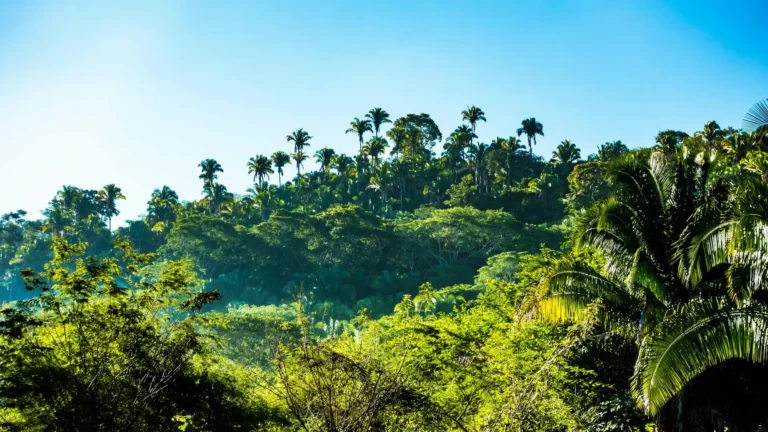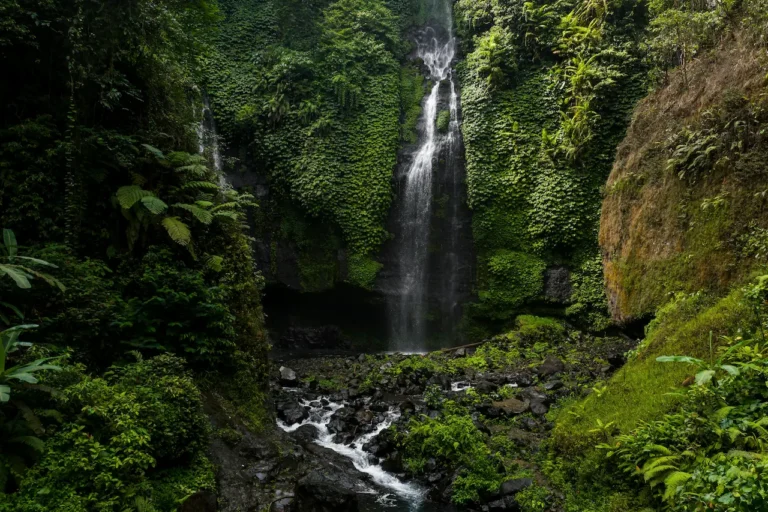Coastal Access and Inland Trade: The Chutu Balance of Geography
As the monsoon winds shifted, so too did the fortunes of kingdoms. The flow of goods and ideas was inextricably linked to the embrace of the sea, but the inland heartland remained a vital counterweight – a lesson etched in the very stones of ancient India.
For centuries, the history of India has been fundamentally shaped by a dynamic interplay between coastal maritime trade and the rich agricultural and craft traditions of the interior. Understanding this ‘Chutu balance’ – a term I’ve coined to describe this delicate equilibrium – is crucial to appreciating the rise and fall of empires like the Mauryas, the Guptas, and the later Chalukyas, as well as the persistent influence of the Chutus, the maritime merchants who dominated much of this trade. It wasn’t a simple dichotomy of ‘sea’ versus ‘land’; rather, a complex system of interdependence where each sector informed and reinforced the other.
The Dawn of Coastal Influence: The Chutus and Early Maritime Trade
The seeds of this balance were sown with the advent of maritime trade, primarily driven by the Chutus, a fascinating and often misunderstood group. These were not simply merchants; they were a complex caste system – primarily the Kshatriya and Vaishya castes – who specialized in seafaring, trade, and, crucially, the collection of customs duties. Their origins are shrouded in some debate, with theories ranging from Dravidian migrations to indigenous developments amongst pastoral communities along the coasts. However, their undeniable impact on the Indian economy is a historical fact, evidenced by the extensive epigraphic records – inscriptions on coins, pillars, and temples – that detail their activities.
Initially, the Chutus focused on trade with the Roman Empire, exchanging Indian spices, textiles, and ivory for goods like glassware, wine, and textiles. This contact, facilitated by the Ptolemaic dynasty in Egypt, exposed India to wider networks of commerce and spurred the development of sophisticated port cities like Bharukachcha (Broach), Arikamedu, and Muziris. These ports were not merely places of exchange; they were centers of shipbuilding, warehousing, and administration – mini-empires in themselves. The detailed records from Muziris, particularly the Graeco-Roman accounts of Strabo and Pliny the Elder, paint a vivid picture of a bustling trading hub, a crossroads of cultures where Mesopotamian, Egyptian, Greek, and Indian merchants jostled for position.
The Chutus’ control over coastal trade wasn’t solely based on mercantile acumen. They also possessed a degree of political authority, often acting as intermediaries between coastal rulers and inland kingdoms. Their ability to levy taxes on maritime trade – known as ‘port duties’ – provided them with significant revenue, which they, in turn, used to support their own activities and exert influence over coastal politics.
The Inland Heartland: Agriculture, Crafts, and Regional Kingdoms
However, the coast was not a monolithic entity. The inland heartland, particularly the Gangetic plains and the regions surrounding the Deccan plateau, remained the bedrock of Indian civilization. This region was characterized by a highly productive agricultural system, focused on crops like rice, wheat, barley, and sesame. The fertility of the soil, coupled with sophisticated irrigation techniques (the ‘jaladri’ systems – water channels – described by ancient texts), allowed for surplus production, which fueled the growth of urban centers and supported a vast population.
Furthermore, the inland regions were renowned for their craftsmanship – pottery, metalworking, textiles, and, crucially, the production of luxury goods like gold and precious stones. These goods, often destined for the coastal markets, were a vital part of the trade network, providing a counterbalance to the export of Indian commodities. The powerful regional kingdoms, like the Mauryas, the Guptas, and the Chalukyas, recognized the importance of controlling these inland resources and actively sought to maintain a balance of power, preventing any single entity from dominating the trade network.
The epigraphic evidence from these inland kingdoms reveals a sophisticated understanding of trade and logistics. Royal inscriptions detail the construction of roads, the establishment of warehouses, and the organization of caravans – vital for transporting goods from the agricultural heartland to the coastal ports. The strategic importance of controlling key river routes – the Ganga, the Yamuna, and the Narmada – is repeatedly emphasized, demonstrating a keen awareness of the flow of commerce.
The Chutu Balance in Action: Case Studies
Let’s examine a few case studies to illustrate the ‘Chutu balance’ in action.
- The Mauryan Empire (322-185 BCE): The Mauryas, under Chandragupta and Ashoka, initially consolidated control over the Gangetic plains, securing access to the region’s agricultural wealth. They then leveraged this control to establish a vast maritime empire, extending its influence along the Indian coast. Ashoka’s edicts, scattered across India, reveal a conscious effort to regulate trade, promote peaceful relations with foreign powers, and ensure a steady flow of revenue – a prime example of the Mauryan’s engagement with the ‘Chutu balance’.
- The Gupta Empire (320-550 CE): During the Gupta period, the ‘Chutu balance’ shifted somewhat. The Guptas, while maintaining a strong central government, allowed greater autonomy to coastal merchants. This facilitated a flourishing of maritime trade, particularly with Southeast Asia, and saw the rise of powerful merchant families like the Grahandas. However, the Guptas also invested heavily in infrastructure – roads and irrigation – to support agricultural production and ensure a continued supply of goods for the coastal markets.
- The Chalukyas of Badami (6th-8th Centuries CE): The Chalukyas skillfully navigated the ‘Chutu balance’ by controlling key trade routes and actively participating in maritime trade while simultaneously fostering agricultural prosperity in the Deccan. Their inscriptions detail their patronage of merchants and their efforts to maintain a stable and predictable trade environment.
The key to understanding this dynamic was the recognition that the coastal trade wasn’t simply a source of revenue; it was a vital conduit for the dissemination of ideas, technologies, and cultural influences. The introduction of new crops, religious beliefs (particularly Buddhism and Jainism), and artistic styles from Southeast Asia, via the maritime routes, profoundly shaped Indian society.
Ultimately, the ‘Chutu balance’ represents a complex and nuanced relationship between the coast and the inland regions – a testament to the ingenuity and adaptability of the Indian people. It’s a lesson in how successful civilizations understand the interconnectedness of their economic, political, and cultural spheres.
The interplay of these forces – the lure of the sea, the bounty of the land, and the strategic power of regional kingdoms – shaped the trajectory of ancient India, leaving behind a rich legacy that continues to fascinate and inspire us today.




